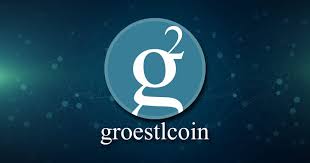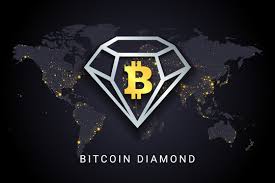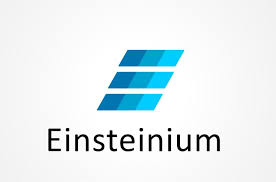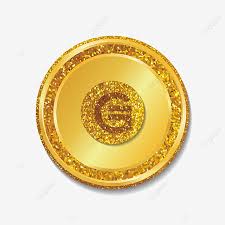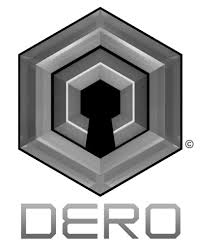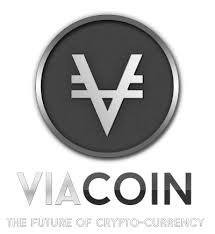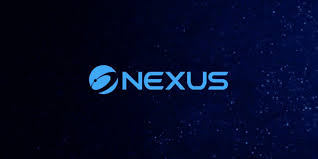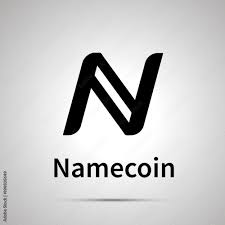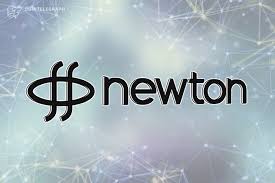Terra is a payment-oriented blockchain protocol involving the use of two tokens: Luna and Terra. The first will serve as a security role to stabilize prices against fiat currencies, and the second as a means of payment.
Development of the Terra blockchain started in January 2018, and the launch of the main network took place only in April 2019. At press time, Terra offers stablecoins pegged to the US dollar, South Korean won, Mongolian tugrik, and even the IMF’s basket of currencies.

Let’s take a look at the distinctive features of Terra:
- Support for decentralized applications (dApps)
- Providing a stable exchange rate for the payment
- Bundles with world fiat currencies.
- Focused on the e-commerce sector
- High bandwidth and instant payments
- Ensuring price stability by expanding or contracting the money supply
Terra payment solutions
Currently, there are only two payment solutions based on the Terra blockchain:
Decentralized payment gateway. It is needed to synchronize bank cards with a crypto wallet.
Meme Pay. It can be used to make payments in stablecoins. Residents of Mongolia and holders of bank cards can purchase MNT tokens in one click, the rate of which is pegged to the Mongolian tugrik in a 1: 1 ratio. In MNT tokens, you can pay for any goods and services without worrying about the volatility of the asset price.
The meaning and philosophy of the Luna project
Millions of people test their DNA with homemade genetic tests that tell them the story of their family and allow them to investigate certain health risks by simply placing a genetic sample in a special test tube. Each of these samples contains data that can be extremely valuable in scientific research to help understand diseases and discover new treatments. But many consumers are reluctant to share their health information with the research community. The founders of the project believe they have found a way to motivate people to use cryptocurrency. Since January last year, DNA test users have been able to share their information in exchange for a virtual currency called Luna Coin. The idea is that data contributors should be financially rewarded, especially if what they provide helps pharmaceutical companies find and develop new drugs. “We see it as an asset and want everyone to understand its value,” said Michael Witz, co-founder of Luna Coin and a cryptocurrency expert on the project. This is a dramatic shift away from models led by large companies that offer users the ability to share their DNA for research, but don’t pay to do so. Instead, they make money by selling access to this data to pharmaceutical giants. To flip the model, Luna Coin decided to play on the massive cryptocurrency craze. Following the growing popularity of bitcoin, hundreds of digital currencies have been created for all kinds of niche economies, from gaming and digital entertainment to buying and selling legal cannabis. They all use blockchain technology, which helps to track transactions securely and transparently without relying on a centralized governing body.
LUNA token
LUNA is a staking-oriented token. Its main goal is to protect the payment system from exchange rate volatility. The system acts as a counterparty for everyone that converts Terra to LUNA. Volatility is automatically shifted from Terra price to LUNA.
The LUNA token can be stored on the official Lunie.io wallet developed by the Terra team. It has support for instant payments, staking, and network management capabilities. The wallet is completely decentralized, so only its user stores private keys.
On August 18, 2020, the largest spot exchange Binance implemented support for LUNA and now the greatest liquidity can be found on this platform. LUNA is also backed by Bithumb, Coinone, Huobi Global, and BKEX.
Founders
Luna Coin Luna Coin is a product of Luna DNA. The company’s CEO and CIO are veterans of the genetic research firm Illumina: CEO Bob Kane was Chief Engineer for Illumina, and CIO Scott Kahn came from Illumina’s CIO. The rest of the team includes crypto developers, people from the healthcare and gaming worlds, and life science investor David Lewis. There are many potential stumbling blocks to Luna Coin’s success. The company claims that Luna Coin is a useful coin, which means that it is for a specific purpose and not for investment or security. A problem for Luna and other companies that create health databases is the lack of diversity. Researchers are hungry for genetic information from people of African and Latino descent, as well as from those of indigenous descent. In general, these groups represent only about 4% of all genomic samples, according to the analysis.
